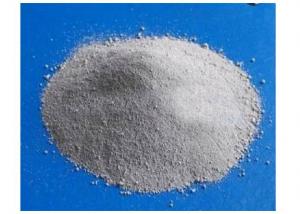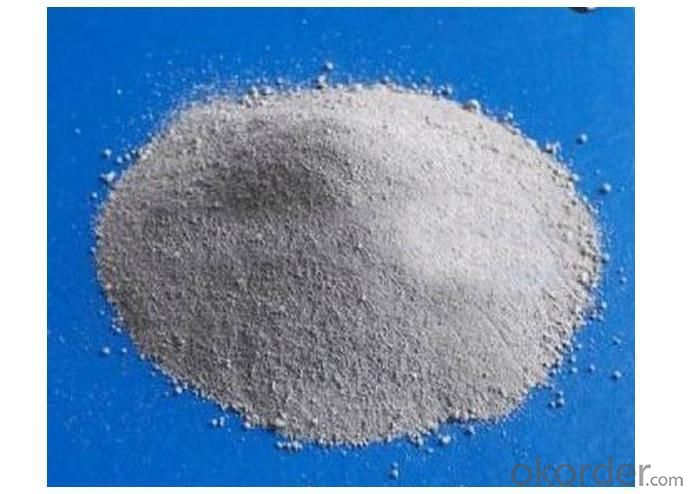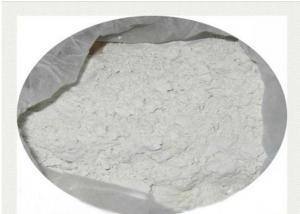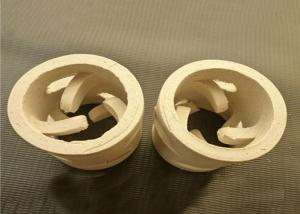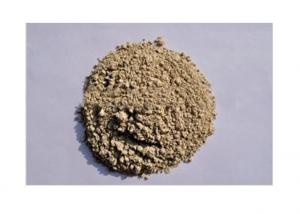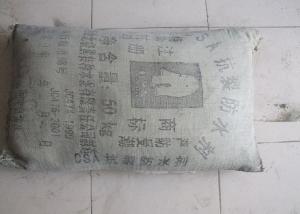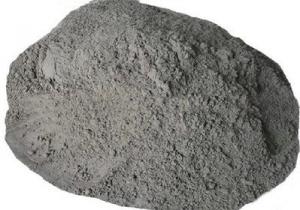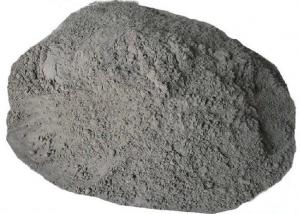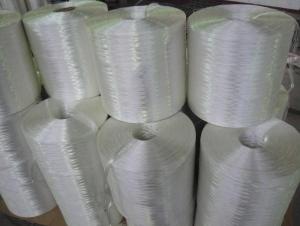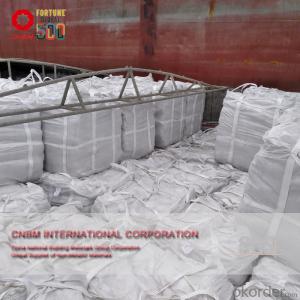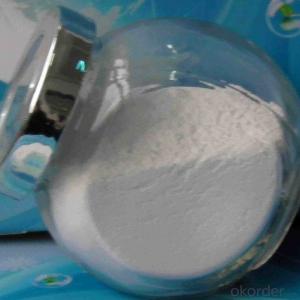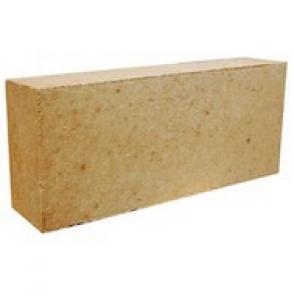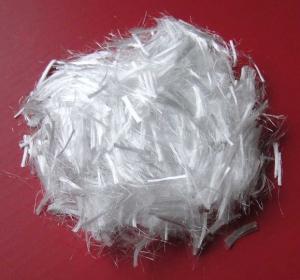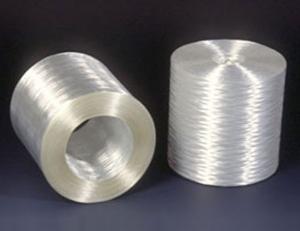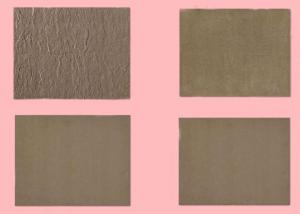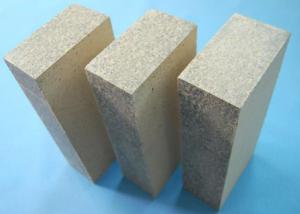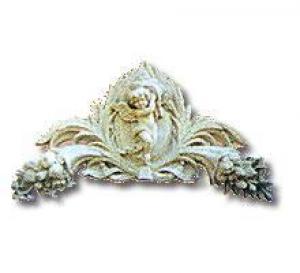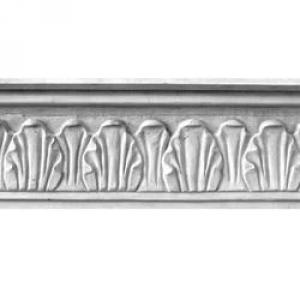Fume Silica with Low Permeability
- Loading Port:
- China Main Port
- Payment Terms:
- TT or LC
- Min Order Qty:
- 10 Metric Tons m.t.
- Supply Capability:
- 3600 Metric Tons per Month m.t./month
OKorder Service Pledge
OKorder Financial Service
You Might Also Like
1.Microsilica 85%-98%
2.High fluidity
3.Low permeability
4.Meets the requirements of ASTM C-1240
Instruction
*Microsilica , also called silica fume or micro silica, is a byproduct of producing silicon metal or ferrosilicon alloys.
*Silicon metal and alloys are produced in electric furnaces. The raw materials are quartz, coal, and woodchips.
*The smoke that results from furnace operation is collected and sold as silica fume, rather than being land filled.
*Silica fume consists primarily of amorphous (non-crystalline) silicon dioxide (SiO2), its average granule diameter is 0.15~0.20 µm,specific surface area is 15000~20000 m2/kg, and it has extremely strong surface active.
*Microsilica can be used in a variety of cementation products, such as concrete, grouts, and mortars as well as elastomeric, polymer, refractory, ceramic and rubber applications.
*HS No.: 28112200 China Origin, microsilica meets the requirements of ASTM C-1240.
*Microsilica CAS #: 69012-64-2
Main function
*Very low permeability to chloride and water intrusion.
*Extremely high electrical resistivity (20 to 100 times greater than ordinary concrete).
*Increased abrasion resistance on decks, floors, highways and marine structures.
*Superior resistance to chemical attack from chlorides, acids, nitrates and sulfates.
Specification of Microsilica
Index items | Standard Value |
SiO2(Silicon Dioxide) | Min. 97.0% |
C(Carbon) | Max. 0.7% |
Fe2O3 (Iron Oxide) | Max. 0.1% |
Al2O3(Aluminium Oxide) | Max. 0.3% |
CaO(Calcium Dioxide) | Max. 0.3% |
MgO(Magnesium Dioxide) | Max. 0.2% |
K2O(Potassium Dioxide) | Max. 0.3% |
Na2O(Sodium Dioxide) | Max. 0.2% |
P2O5(Phosphorus Pentoxide) | Max. 0.1% |
SO3(Sulphur Trioxide) | Max. 0.2% |
Cl (Chloride) | Max. 0.1% |
Moisture Content(H2O ) | Max. 0.5% |
Loss on Ignition(L.O.I) | Max. 0.5% |
Percent Retained On 45μm (325 sieve) | Max. 0.5% |
Bulk Density | 250-300kg/m3 and 450-600kg/ m3 |
Micro-Silica Fume company
We are willing to take a sincere attitude and cooperation with you.
(1) Quality
We have our own test lab in factory and supply stable and reliable microsilica to our customers.
(2) Price
(3) Convenient
Delivery is fast and easy.
(4) Service
Our sales groups are positive attitude, and 24 hours feedback service to ensure the service is good.
- Q: i was in sally's the other day and i saw hair cement and i read the directions and stuff but i still dont understand what it is like does it wash out and like is it like dye?
- Hair cement is a thick glue like substance thats hold your hair up sronger than gel and moose
- Q: Please let me know the top four quality brands of cement that may be used in building /house construction.
- To answer your question it would be necessary to know in what area of the US you are located. The top four brands in the Mid West may not even be available on the east or west coasts. Although cement plants may be large in an area they quite possibly are not nation wide suppliers. As in business and housing most important is location, location, location. Check with a local concrete supplier and they will be able to provide an answer to your question. As a result of having to produce quality and consistent concrete the concrete suppliers typically use the top quality cement available in the area. But they usually limit their brand selection to one supplier, otherwise they would experience variations in quality of their concrete solely a result of the cement supplier. I provide to previous so you are not disappointed in only getting one quality brand in your area.
- Q: I'm having a hard time finding information about this on the Internet. I'm searching for a way to determine if a rock naturally formed or was somehow synthesized by people.
- Cement/concrete has a distinctive appearance and chemical composition. That said certain brescias might fool you.
- Q: l need to know- thankyou,xx jo
- i think cement
- Q: I was wondering how the heck the pour cement onto the river to make the pillar for the bridge??
- On large bridges dams are made and the water is pumped out.Exposing the bedrock. Smaller bridges the pillars are driven down with a pile driver.
- Q: I'm tiling a kitchen w/ a plywood subfloor. Is that metal lath reasonable to use or do I need to apply a cement board?
- use okorder
- Q: What are the building materials used in the construction of agricultural infrastructure?
- Can be divided into structural materials, decorative materials and some special materials
- Q: If u set a car battery on the ground(dirt,cement,asphalt,etc) will it lose its charge?
- if you put a battery on a cement floor it will drain because the moisture in the concrete forms a ground and will drain the battery from any condensation or dirt/grease that surrounds the battery casing. Set the battery on a stack of newspaper or wood to prevent it from draining. Also a battery is less likely to drain if it is clean.
- Q: what's the difference between concrete and cement, and what are they used for?
- Cement is heat treated limestone. More properly called Portland Cement, after the guy who perfected the technique. Tho this stuff has been around for a very long time, used extensively by Roman Empire. The heating of the limestome drives off the water and allows a chemical reaction to take place when water is added. It gives off heat when curing. Concrete is cement with added stuff, aggragate and is used for many things. Most often seen as driveways and walls. Depending on what you add to it it can be used to make boats too.
- Q: My husband paved our walkway, he did not have a troul and it does not look even I was thinking about staining it to make it look rustic. What do you think any other suggestions?
- Cement paint works well on concrete sidewalks, mine was done 2 years ago...looks new.
1. Manufacturer Overview
| Location | Luoyang, Henan, China (Mainland) |
| Year Established | 2011 |
| Annual Output Value | US$2.5 Million - US$5 Million |
| Main Markets | North America; South America; Eastern Europe; Southeast Asia; Oceania; Mid East; Eastern Asia |
| Company Certifications | ISO 9001:2008 |
2. Manufacturer Certificates
| a) Certification Name | |
| Range | |
| Reference | |
| Validity Period |
3. Manufacturer Capability
| a) Trade Capacity | |
| Nearest Port | |
| Export Percentage | 31% - 40% |
| No.of Employees in Trade Department | |
| Language Spoken: | |
| b) Factory Information | |
| Factory Size: | |
| No. of Production Lines | |
| Contract Manufacturing | |
| Product Price Range | |
Send your message to us
Fume Silica with Low Permeability
- Loading Port:
- China Main Port
- Payment Terms:
- TT or LC
- Min Order Qty:
- 10 Metric Tons m.t.
- Supply Capability:
- 3600 Metric Tons per Month m.t./month
OKorder Service Pledge
OKorder Financial Service
Similar products
Hot products
Hot Searches
Related keywords
